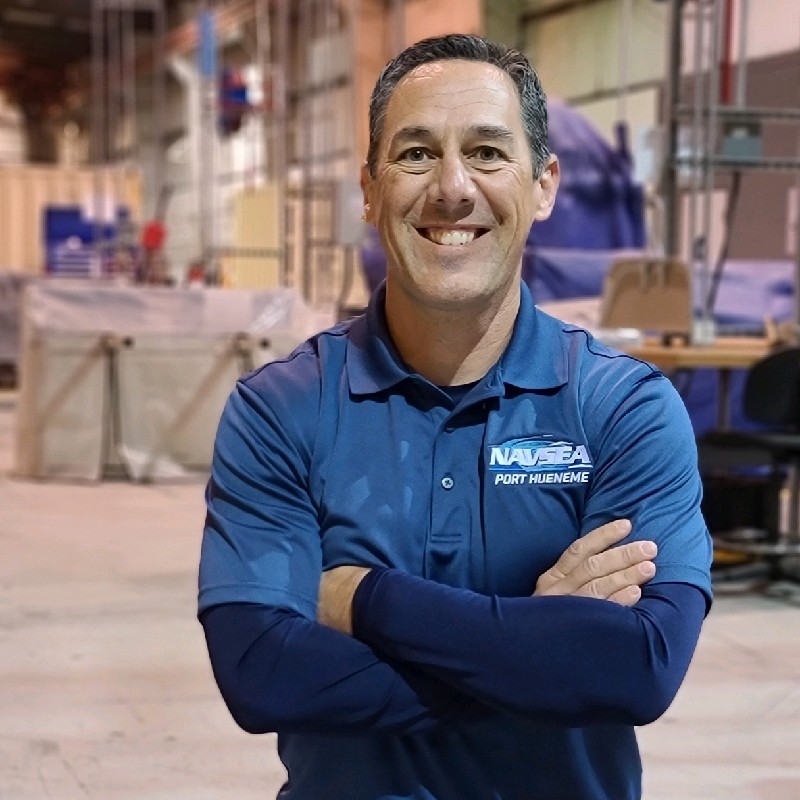Advanced Naval Technology Exercise (ANTX) is a premier organisation where the U.S. Navy collaborates with industry and academia to demonstrate and evaluate emerging maritime technologies in realistic operational environments. It features Coastal Trident, a program evaluating technical demonstrations, field experiments, and exercises to address Navy priorities, where BeeX participated to demonstrate its defense capabilities in underwater applications.
ANTX emphasised the urgent necessity for swift mapping of unfamiliar terrains, particularly at infrastructure locations where threatening debris may be present, before naval teams can be dispatched. This urgency stems from the constraints faced by defense teams, including limited resources such as highly skilled underwater inspection vehicle pilots and time constraints onsite.
ANTX found that although conventional Remotely Operated Vehicles (ROVs) were capable of mapping seabed terrains, the quality of data relied too heavily on piloting proficiency, and the subsequent data processing was not sufficiently efficient for military-grade use.
In response, ANTX wished to test alternative innovative solutions in the market.
BeeX’s Hovering AUV A.IKANBILIS was tasked with three missions to assess the robustness of the vehicle’s autonomy and inspection capabilities.
For the first mission, the HAUV effortlessly conducted seabed mapping and scanning of four piles in under 15 minutes. Spectators marveled as they witnessed the vehicle autonomously search for underwater piles using its sonar sensors, while generating real-time visualisations including 2D sonar mosaics and 3D point clouds on BeeX’s Sambal User Interface.
The second mission involved anomaly detection of pier piles, testing A.IKANBILIS’ intelligence. As the HAUV descended and autonomously tracked down piles, its threat detection system, powered by multi-sensor integrations and artificial intelligence, successfully identified a limpet mine for the first time in open waters. Operators could then opt to confirm the finding by locking onto the mine or dismissing it as a false positive.
The final challenge for A.IKANBILIS was a debris investigation on the port’s seabed. ANTX exercise leads aimed to assess the HAUV’s ability to detect surface debris for UXO investigations.
Conventionally, UXO surveys involve detecting ferrous metals of unexploded ordnance (e.g., bombs), crucial for ensuring the safety of groundwork prior to installing or constructing underwater assets.
Instead of unexploded ordnance, the HAUV autonomously inspected debris from a collapsed pile on the seabed. The resulting data boasted unmatched clarity, thanks to the vehicle’s hovering capabilities, enabling closer inspections of the collapsed structure and a more precise visualisation of its 3D structure and 2D sonar mosaic.

The 3D visualisation had limitations in detecting the collapsed pile’s condition as the model depicted both the structure and the surrounding seabed in identical colors due to their comparable depths. Fortunately, the HAUV’s 2D sonar mosaic map offered the ANTX team a wealth of pertinent information regarding the collapsed pile.
On the Sambal Portal, they could not only gauge the pile’s length but also assess its visual condition through snapshots captured by the vehicle from various angles, all geo-referenced by the blue A.IKANBILIS icons along the HAUV’s flight path.

Overall, data from each mission underwent real-time processing and was swiftly disseminated through the Sambal Portal, all within minutes. This remarkable efficiency marked a significant leap from previous non-BeeX systems, which required a lengthy 12-hour processing time. As a result, BeeX’s processed 3D point cloud and 2D sonar mosaic data facilitated immediate responsiveness for onsite teams.
Describing the trial’s success as merely satisfactory would be an understatement.

ANTX specifically highlighted the vehicle’s capacity to rapidly map unfamiliar terrains, thoroughly inspect sites strewn with unknown debris, and adapt to new environments through its integrated Artificial Intelligence.
The trial vividly demonstrated how autonomous vehicles represented a significant advancement in enhancing safety and efficiency in inspection practices, surpassing conventional random search methods for anomaly detection employed in commercial diving solutions.
Looking ahead, BeeX envisions numerous defense applications for the vehicle, given its adeptness at detecting threats and mapping out unknown subsea terrain.